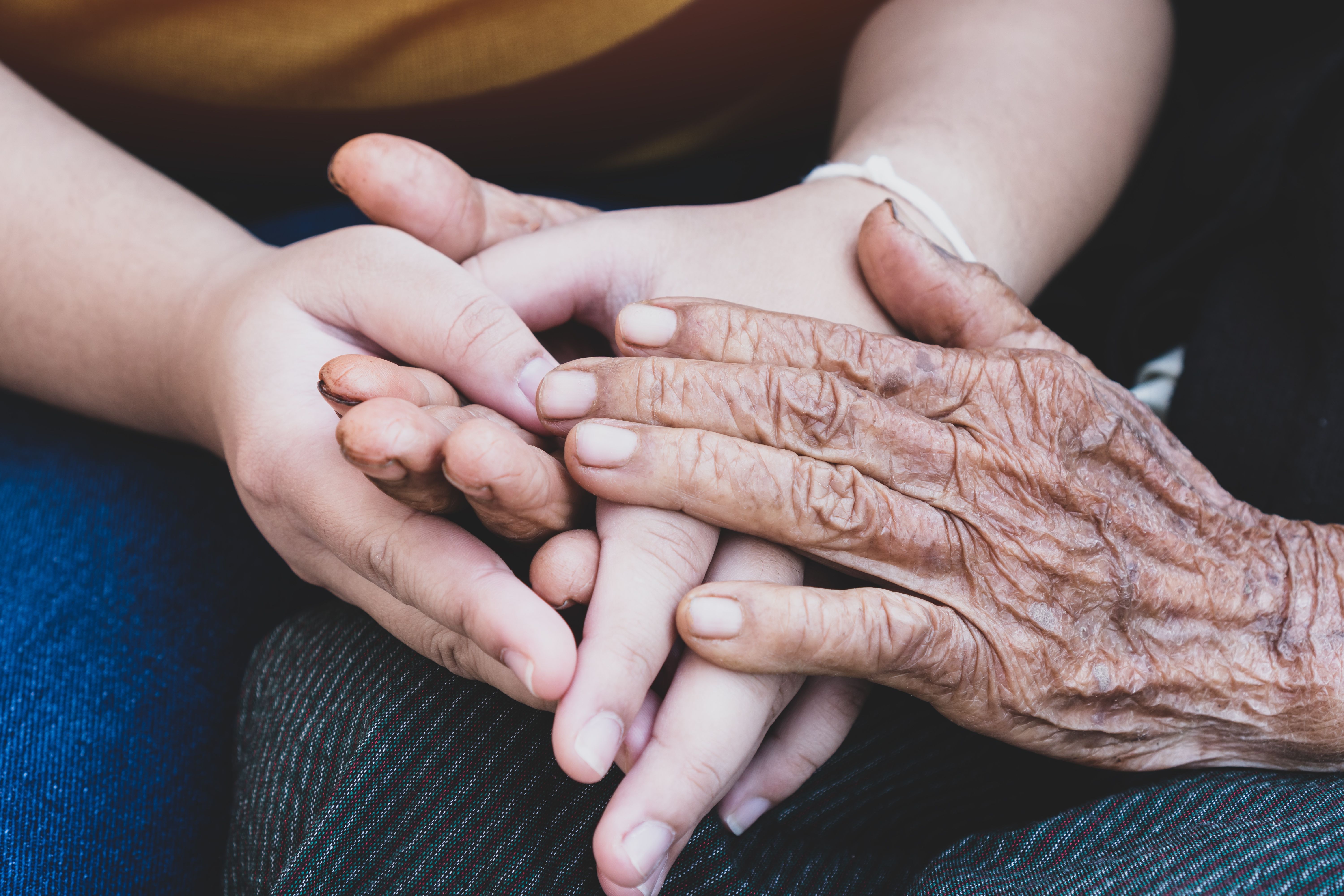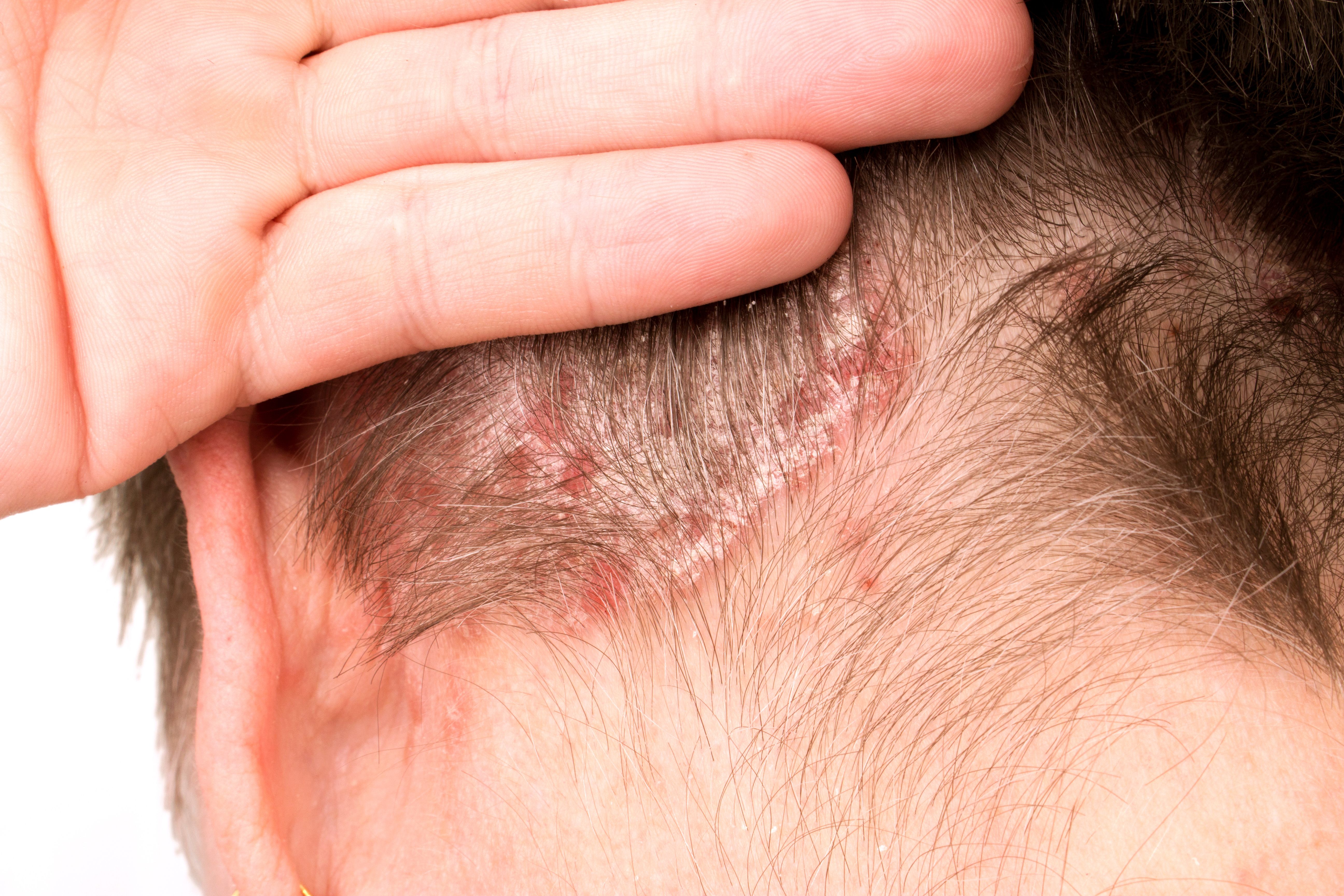News
Article
Lasers Offer New Options for Hair Loss Treatment in Alopecia Management
Author(s):
Various laser technologies are emerging as a promising treatment for alopecia, showing effectiveness in hair regrowth with minimal adverse events. These treatments target inflammation and stimulate hair follicles to promote hair growth, but more research is necessary to confirm long-term safety and efficacy for some lasers.
Reviewed studies have suggested the glass laser can stimulate hair regrowth in both patients with androgenetic alopecia and alopecia areata. | Image Credit: Tetiana - stock.adobe.com

Alopecia, a hair loss disorder, can display symptoms in various subtypes like androgenetic alopecia (AGA) or alopecia areata (AA).1
The pathogenesis of AGA is assumed to be caused by androgens, like dihydrotestosterone (DHT), binding to receptors in the hair follicle and inducing miniaturization. However, some data suggest AGA is not based on serum levels of androgens but instead a genetic predisposition that can create androgen receptors in the hair follicle to be more sensitive to androgens than in other patients.
Currently, the only FDA-approved medications for AGA and AA include finasteride and minoxidil. However, the adverse events of finasteride include erectile dysfunction and reduced libido in men. For childbearing women, finasteride can disable male fetuses from DHT suppression.
In 2022, the FDA approved 2 Janus kinase (JAK) inhibitors, baricitinib and ritlecitinib, for the treatment of AA. Specifically in AA, the management includes reduction of inflammatory processes.
More recently, research has moved in the direction of low-level light therapy (LLLT) as an effective therapeutic in AA management without the adverse events seen with other treatments. A review article recently published in Lasers in Medical Science recaps the advances in this therapeutic approach.1
Low-Level Light Therapy
Originally discovered in 1967, LLLT can stimulate the anagen reentry of telogen hair follicles, which prolongs the anagen phase of the hair cycle while elevating tensile strength through anti-inflammatory and antioxidant processes.
Also known as photobiomodulation, LLLT is a light-based therapeutic method that utilizes a cascade of cellular responses to the absorption of nonablative red and near-infrared light energy.2
Other hypotheses behind LLLT’s mechanisms are that it enhances microvascular circulation, which stimulates hair follicles, and ultimately increases tensile strength through anti-inflammatory and antioxidant processes.1
A randomized controlled trial from 2009 examined the effects of LLLT hair regrowth on patients with AGA and concluded the patients had significantly more average terminal hair density and total hair regrowth increased overall.
Another study from 2014 performed a multicenter randomized controlled trial that examined the outcomes of LLLT in patients with AGA. Researchers found after 26 weeks of 3 times/week LLLT, patients had increased their average hairs compared with the other group.
Furthermore, a 2017 study assessed the effectiveness of LLLT compared with topical 5% minoxidil combined and included the combination of both treatments for AGA. Interestingly, the only significant improvement was among the combination group, with patients reporting higher satisfaction than the other 2 monotherapy groups.
Most patients with alopecia received LLLT and experienced hair regrowth without major adverse events. Some minor adverse events included headaches, mild pruritus, erythema, and dryness at the application site.
Excimer Laser
Similarly, the 308 nm excimer laser operates as a therapeutic option for patients with AA through its anti-inflammatory properties that work in the apoptosis of T cells.
Based on the excimer laser effectiveness in psoriasis, research tested the method on patients with AA since both disorders share common immunologic features.3
The excimer laser is mainly utilized for symptoms of AA to emit a potent dose of long-wave monochromatic UVB radiation.1 In a 2007 study, the first successful excimer laser treatment use for alopecia was reported. All participants within the study experienced hair regrowth. Adverse events included hyperpigmentation and erythema in regions directly treated by the laser.
In a separate study a part of the review, patients with ophiasic AA only reported 25% hair regrowth, which suggests specific subtypes of AA are more likely to achieve regrowth compared with other types.
A randomized controlled trial from 2021 compared the efficacy and safety of the 308 nm excimer laser with intralesional corticosteroids for AA management. One advantage of the laser compared with intralesional corticosteroids included little to no adverse events, whereas 50% of patients who received intralesional corticosteroids had severe adverse events like skin atrophy and hypopigmentation.
Nonablative Fractional Erbium Glass Laser
Reviewed studies have suggested the glass laser can stimulate hair regrowth in both patients with AGA and AA. The fractional photothermolysis works as a stimulant for the Wing-less-related integration site 5a/β-catenin signaling pathway. When the signal is upregulated, there is an increase in the change from the telogen phase to the anagen phase of the hair cycle. The process also enhances microcoagulative trauma on the papillary dermis that typically promotes vascular endothelial growth factor and fibroblast growth factor 7.
Photomechanical effects can stimulate the expansion of the extracellular space in the stratum corneum, which allows improvement in drug delivery of topical solutions like minoxidil.
Studies reported the erbium glass laser incited hair regrowth among patients with AA. Current literature recognizes erbium glass laser as a potentially effective therapy for the increase in hair density and growth by the increase of the anagen/telogen phase. The combination of treatments incited a synergistic effect across hair regrowth as well. However, future studies are necessary when assessing the efficacy and safety of the laser treatment to better understand its methods of action.
Fractional Carbon Dioxide Laser
An advanced laser system known as fractional carbon dioxide (FRCO2) was designed for various dermatological procedures. This tool can stimulate the physiologic healing response in the skin which increases the production of new collagen and elastin fibers. One study included in the review had a small sample size where 7 out of 8 patients experienced 100% hair regrowth and there were no serious adverse effects observed.
The FRCO2 laser treatment was found to be safe and effective either as a monotherapy or combination therapy. Some of the reviews suggested hair regrowth potential with ablative FRCO2 in treating AGA, specifically for patients who are not suitable candidates or would prefer to avoid surgery.
Narrowband UV-B Phototherapy
This therapeutic modality known as narrowband UV-B phototherapy (NB-UVB) has a wavelength range between 311 nm and 313 nm. Study results from the review indicated a prolonged treatment course could challenge the achievement of satisfactory results. Most of the studies suggested NB-UVB was safe and displayed some benefit for patients with AA.
There is some research that found benefit between NB-UVB and hair regrowth, specifically in patients with lichen planopilaris (LPP) when properly delivered a fiber-optic brush that targets infundibuloisthmic infiltrates.4
Research hypothesized the benefit of NB-UVB developed from the immunomodulatory effects and its positive effects on serum vitamin D3.1 Continued research is encouraged to determine more robust insights into the utility of NB-UVB for AA management while considering combination therapies that include medical interventions to optimize treatment outcomes.
UV-A1 Phototherapy
UV-A1 phototherapy can penetrate deep layers of the skin to cause apoptosis in T cells that proliferate endothelial cells to increase neovascularization.
The compilation of results offered insight into benefits of UV-A1 phototherapy for patients with unresponsive AA. More studies should be conducted to focus on the effectiveness, safety, and long-term outcomes within the patient population.
Neodymium: Yttrium-Aluminum-Garnet
The neodymium-doped yttrium aluminum garnet laser (Nd: YAG 1064 nm laser) emits light at a wavelength of 1064 nm. The wavelength can penetrate the skin deep enough to reach the hair follicles while reducing damage to the surrounding tissue.
Further research is necessary to assess the effects of the laser treatment for AA while establishing efficacy, safety, and long-term outcomes more conclusively and generalize its application.
Conclusions
The majority of the compiled research reviewed had shown lasers’ efficacy in improving hair regrowth and density in patients with AA. Caution is advised when analyzing the results because some laser devices lack robust clinical data. It is also important to note that irradiation of the skin with lasers that could generate reactive oxygen species, increasing risk of erythema and pigmentation.
References
1. Jean-Pierre P, Pulumati A, Kasheri E, Hirsch M, Nouri K. Lasers in the management of alopecia: a review of established therapies and advances in treatment. Lasers Med Sci. 2024;39(1):102. doi:10.1007/s10103-024-04054-7
2. Santoro C. Light therapy clothing shows potential for mild psoriasis, PMLE, AA treatment. AJMC®. March 29, 2024. Accessed June 28, 2024. https://www.ajmc.com/view/light-therapy-clothing-shows-potential-for-mild-psoriasis-pmle-aa-treatment
3. McMichael A J. Excimer laser: A module of the alopecia areata common protocol. J Investig Dermatol Symp Proc. 2013;16(1):S77-S79. doi:10.1038/jidsymp.2013.31
4. Pathoulas JT, Flanagan KE, Su MY, et al. A prospective pilot study of narrowband UV-B treatment of lichen planopilaris. J Am Acad Dermatol. 2022;87(3):703-705. doi:10.1016/j.jaad.2022.04.054





